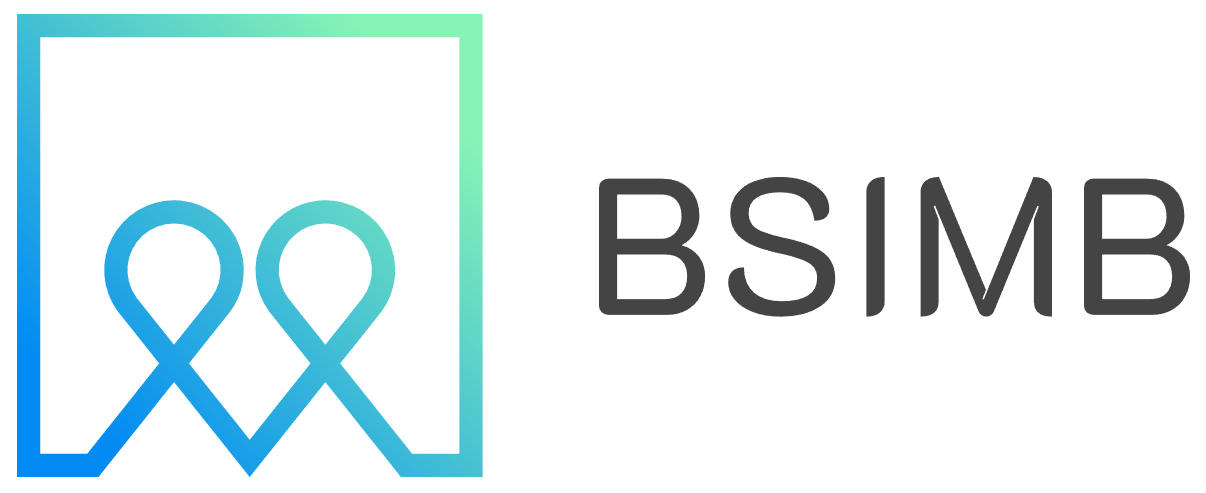I remember the morning my relationship with weather forecasting changed forever. It wasn't because of a new app or a fancy gadget, but because of an interactive smartboard in my classroom. What began as a tool for teaching students about climate patterns unexpectedly became my most trusted companion for daily planning and preparedness.
Beyond the Forecast: Visualizing Weather Patterns
Traditional weather apps provide data, but a weather smartboard delivers understanding. The large, interactive display allows you to see multiple data sources simultaneously—radar maps, satellite imagery, temperature gradients, and precipitation models all working together. This holistic view helps you grasp not just what the weather is, but why it's happening and how it might evolve throughout the day.
The tactile nature of a smartboard makes weather exploration intuitive. You can pinch to zoom on developing storm systems, draw directly on the map to measure distance to approaching fronts, or highlight specific areas of interest. This interactive element creates a deeper connection to the information, transforming passive consumption into active analysis.
Practical Applications for Home and Work
Integrating a smartboard for weather monitoring revolutionizes daily decision-making. In professional settings, construction managers can track real-time conditions across multiple job sites, adjusting work schedules based on precise local forecasts rather than regional generalizations. Event planners can monitor developing conditions for outdoor weddings or festivals, having contingency plans ready based on the most current data available.
For families, a morning check of the smartboard weather display becomes an engaging ritual. Children learn to interpret weather patterns while parents plan activities with confidence. The visual nature helps everyone understand why certain decisions are made—whether it's packing rain gear or rescheduling a picnic.
Educational Advantages of Weather Smartboards
In classroom environments, weather smartboards serve as dynamic teaching tools. Students can manipulate atmospheric data, compare historical patterns, and predict outcomes based on current conditions. This hands-on approach to meteorology fosters critical thinking and scientific literacy in ways textbooks cannot match.
Teachers report increased engagement when weather lessons become interactive explorations. The ability to annotate directly on weather maps, circle developing systems, and track storms in real-time makes abstract concepts tangible. This technology bridges the gap between theoretical knowledge and practical application.
Setting Up Your Own Weather Command Center
Creating an effective weather monitoring station with a smartboard requires thoughtful setup. Position your display in a frequently visited area where quick glances are possible throughout the day. Choose reliable data sources that offer the specific information most relevant to your needs—whether that's wind patterns for sailing, precipitation rates for farming, or temperature trends for energy management.
Many smartboard systems allow customization of dashboard layouts. You might dedicate one section to immediate local conditions, another to regional radar, and a third to extended forecasts. This tailored approach ensures you're viewing the information that matters most to your daily decisions without overwhelming clutter.
The Human Element in Digital Forecasting
While technology provides impressive data visualization, the human interpretation element remains crucial. A weather smartboard doesn't replace judgment—it enhances it. The best users learn to combine the objective data from their displays with personal observations and local knowledge. That darkening sky on the horizon combined with the dropping pressure on your display tells a more complete story than either element alone.
This combination of technological capability and human experience creates what I've come to call 'weather wisdom'—the ability to make informed decisions based on both data and intuition. The smartboard becomes not a crutch but a partner in developing this skill.
From Reactive to Proactive Planning
The most significant shift I've experienced since incorporating a smartboard into my weather routine is moving from reactive to proactive behavior. Instead of checking if it's currently raining, I can see systems developing hours or days in advance. This forward-looking approach has practical benefits across all aspects of life—from knowing when to schedule outdoor maintenance to understanding the best times for travel based on developing weather patterns.
This proactive stance extends beyond personal convenience to genuine safety preparedness. Watching a winter storm develop and intensify over time allows for gradual preparation rather than last-minute scrambling. Tracking hurricane formation days in advance provides crucial time for evacuation decisions. The smartboard transforms weather from something that happens to you into something you understand and prepare for.
Connecting Technology to Natural Awareness
Paradoxically, this high-tech approach has made me more attuned to natural weather signs. The smartboard provides a framework for understanding what I observe outside my window. That particular cloud formation means what the radar suggests, the behavior of birds correlates with the pressure changes on my display. The technology hasn't separated me from natural observation—it has deepened my ability to interpret it.
This integration of digital information and physical awareness creates a more complete weather understanding. The smartboard becomes a translation tool between data and experience, helping build what I consider true weather literacy—the ability to read both the screen and the sky with equal understanding.
The transformation in my daily routine has been profound. What began as a classroom teaching tool has become an integral part of how I navigate each day. The weather smartboard hasn't just changed how I get weather information—it has changed how I relate to the atmosphere around me, making me more informed, prepared, and connected to the natural world.
